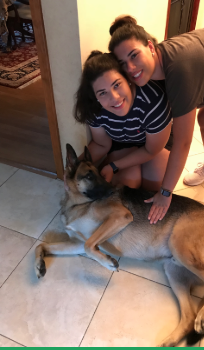Christmas Caroling

Google Common License
Christmas Carling has been around for centuries, but it started way before Christmas. Before Christianity spread throughout Europe, the “Christmas Carolers” were pagans, who sang and danced in town, to celebrate the winter solstice. After Christianity became the primary religion in Europe, pagans were given Christian songs to sing around the winter solstice but they weren’t the songs we know today. Soon after Christmas Caroling was banned, but it became popular again in Victorian England.
Door to Door Caroling started after the birth of Jesus Christ. Villagers went door to door to spread the joy of the new king’s birth. That was originally in the spring, but since his birth is now celebrated on Christmas, along with Saint Nicholas, the Caroling tradition moved to the winter time. Although it isn’t as popular, people still dress up and carol from door to door to spread Christmas cheer.
A lot of the Christmas songs we sing today aren’t traditional, and they have been written pretty recently. Little Drummer Boy, which most think has been around for centuries, was written in 1957, based on an old Danish Carol. One of the most popular Christmas Carols, Silent Night was written in 1816 by a young Austrian priest. It is presumed that he thought of the lyrics when he was walking through the woods to his grandfather’s house. He and a friend first sang the song in front of a church choir. Stille Nacht, which is a silent night in German, spread throughout the country and was later translated into Italian, Spanish and English.
